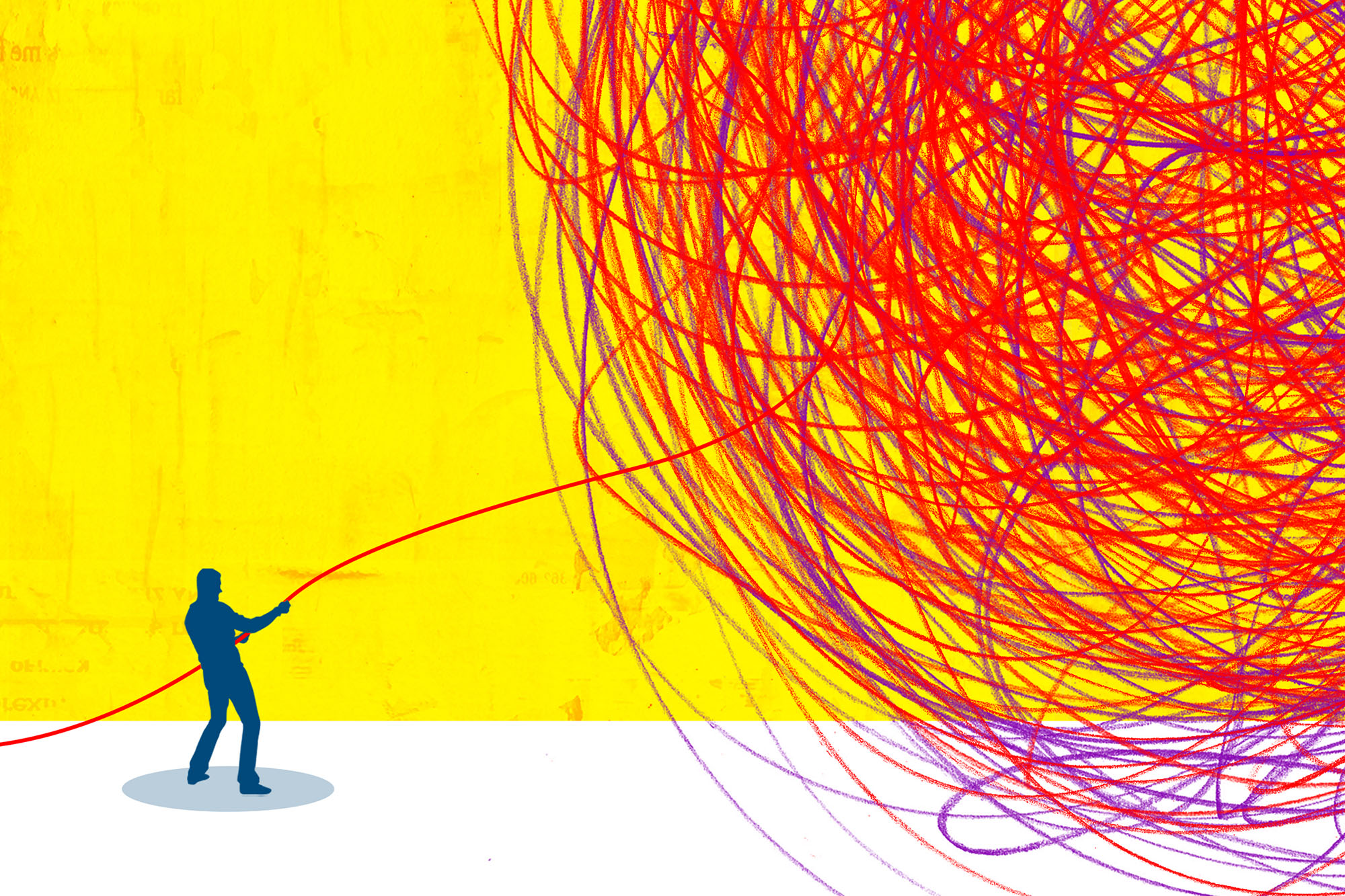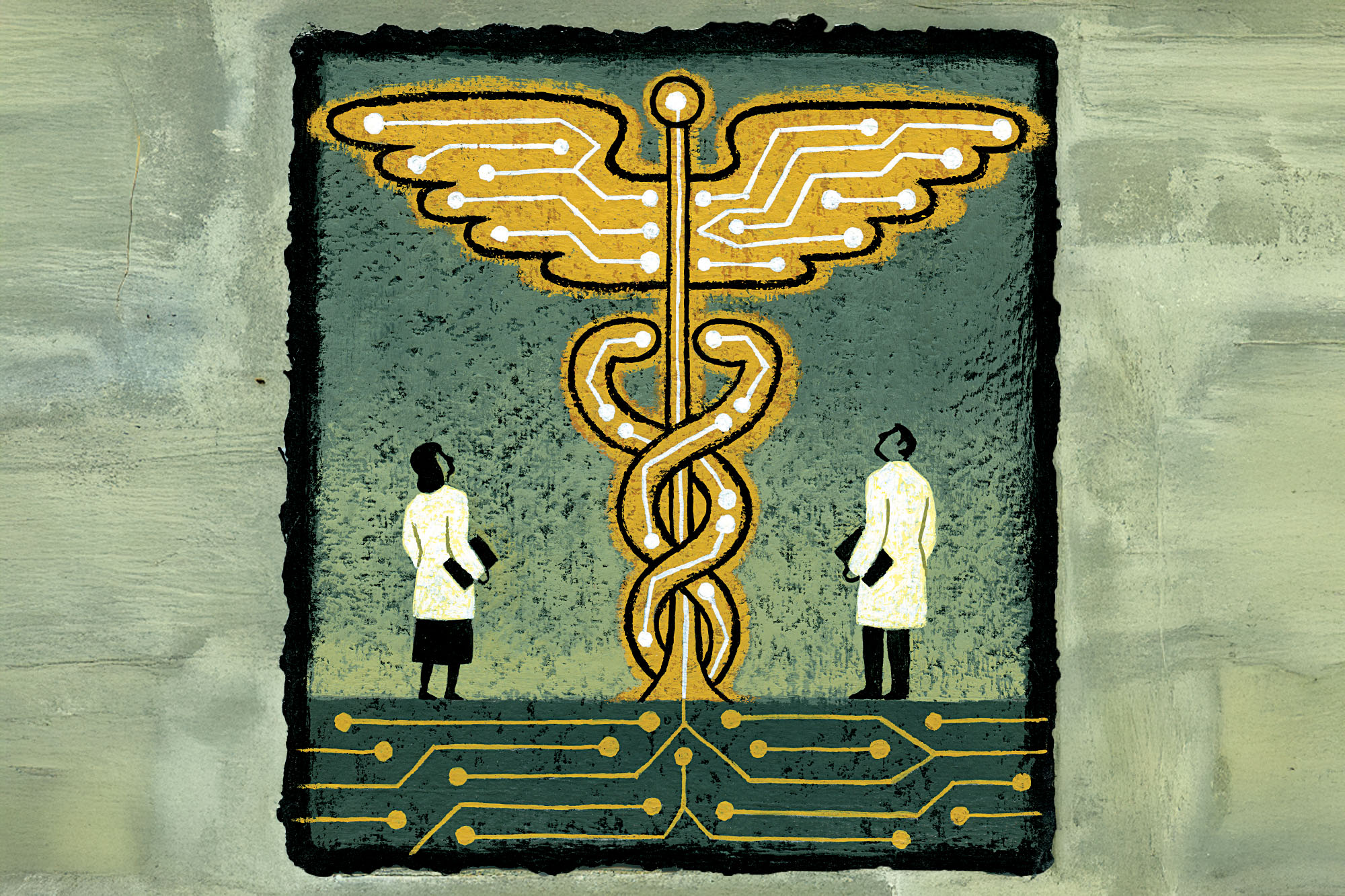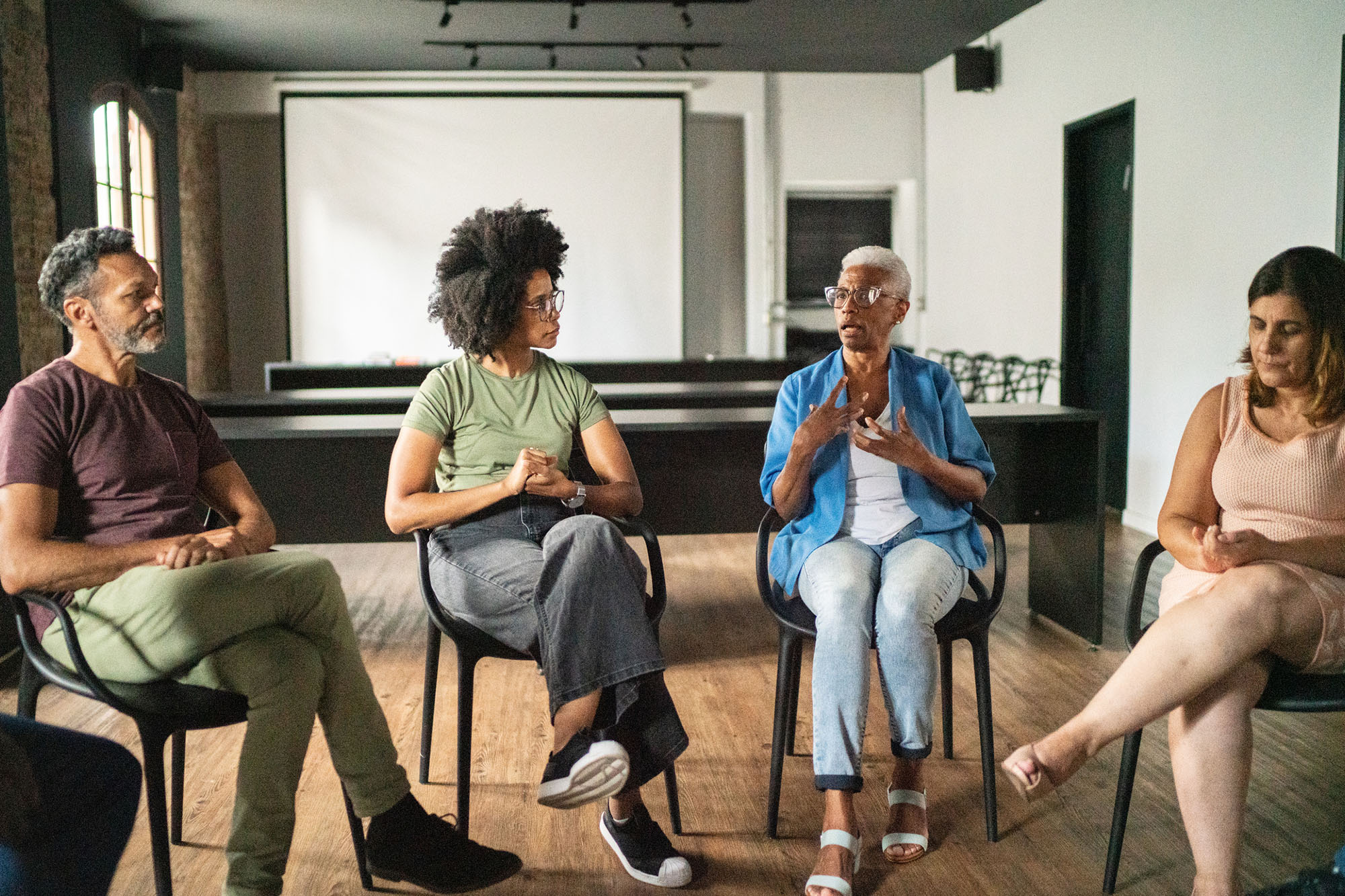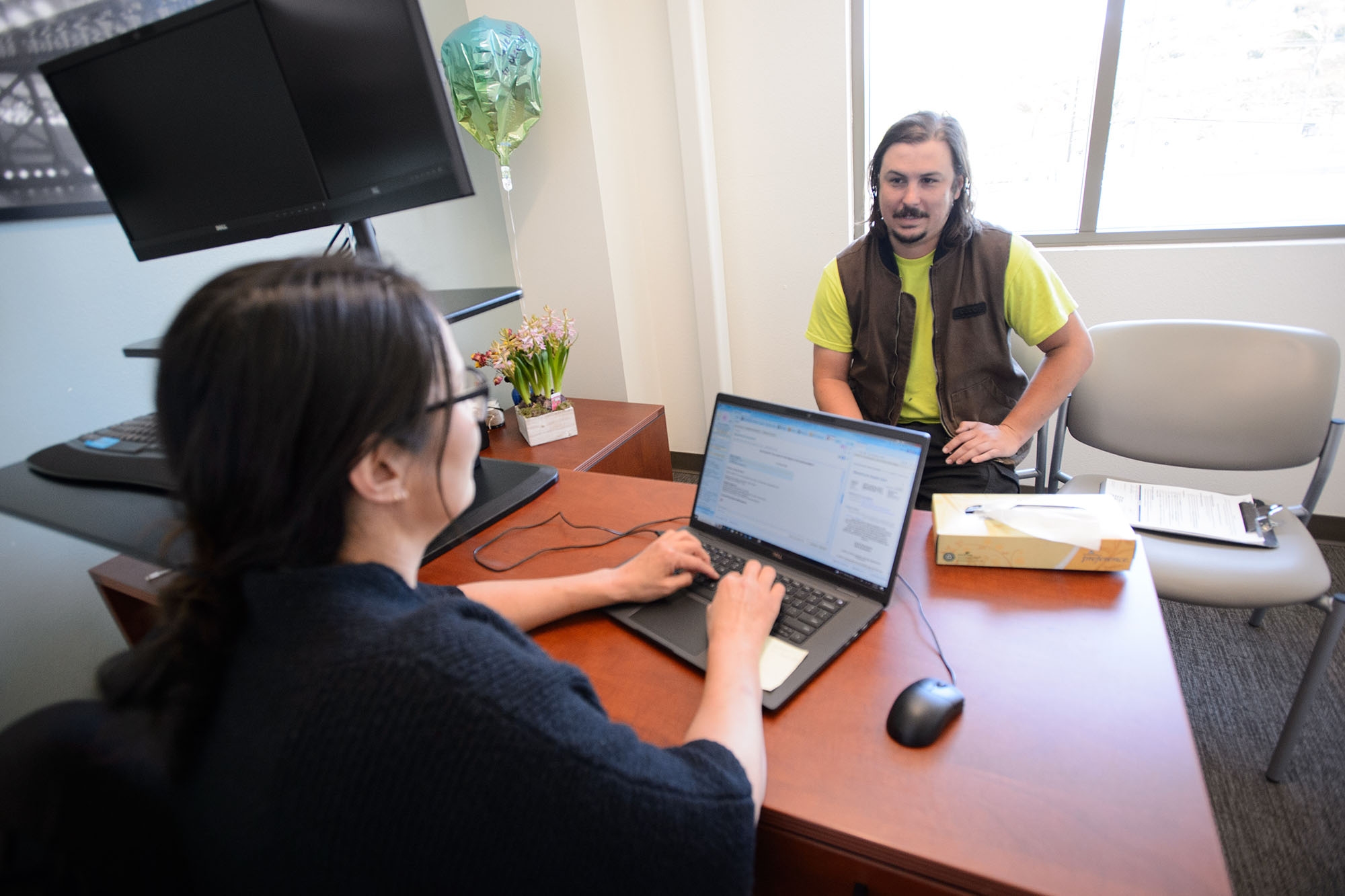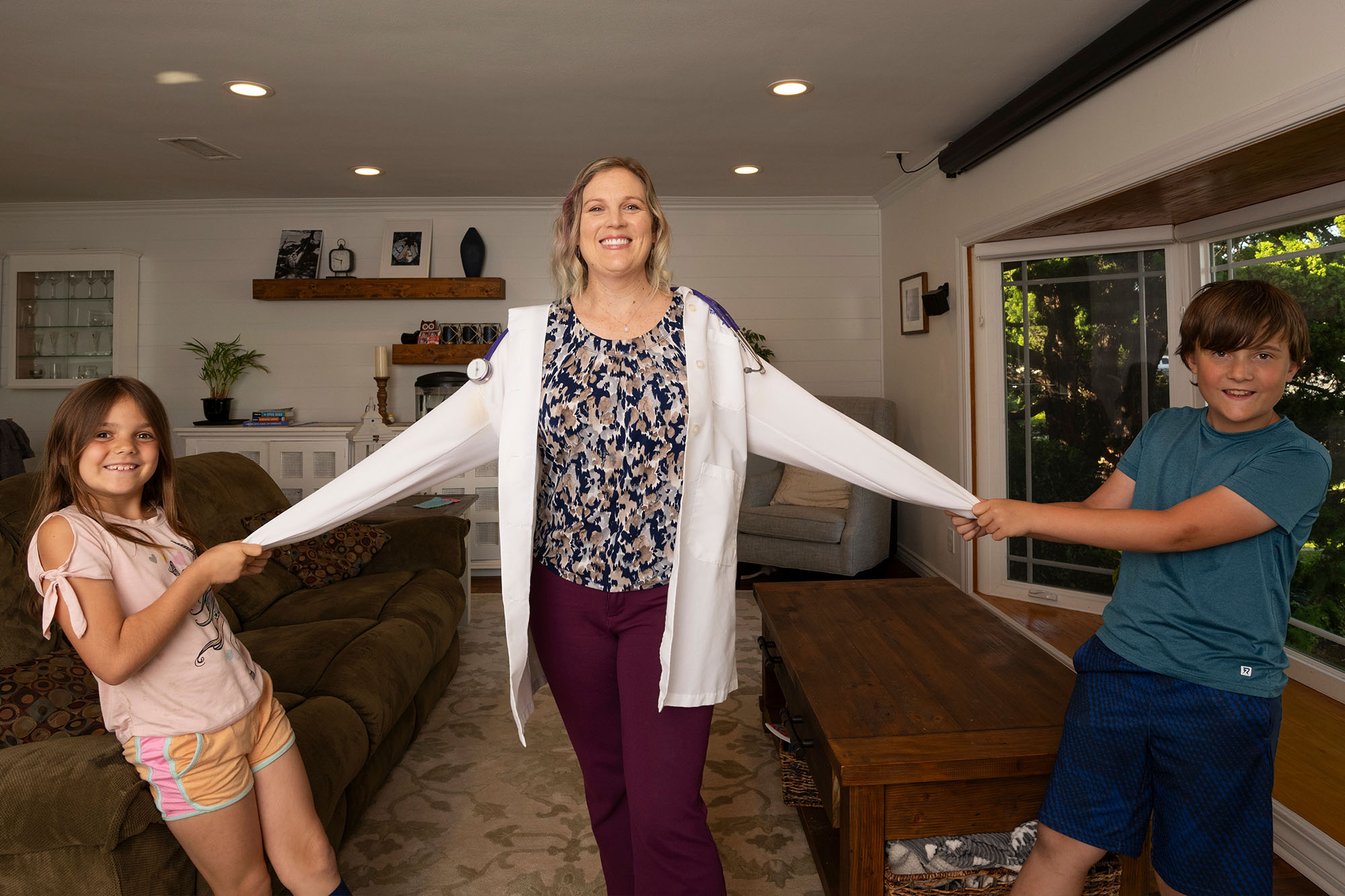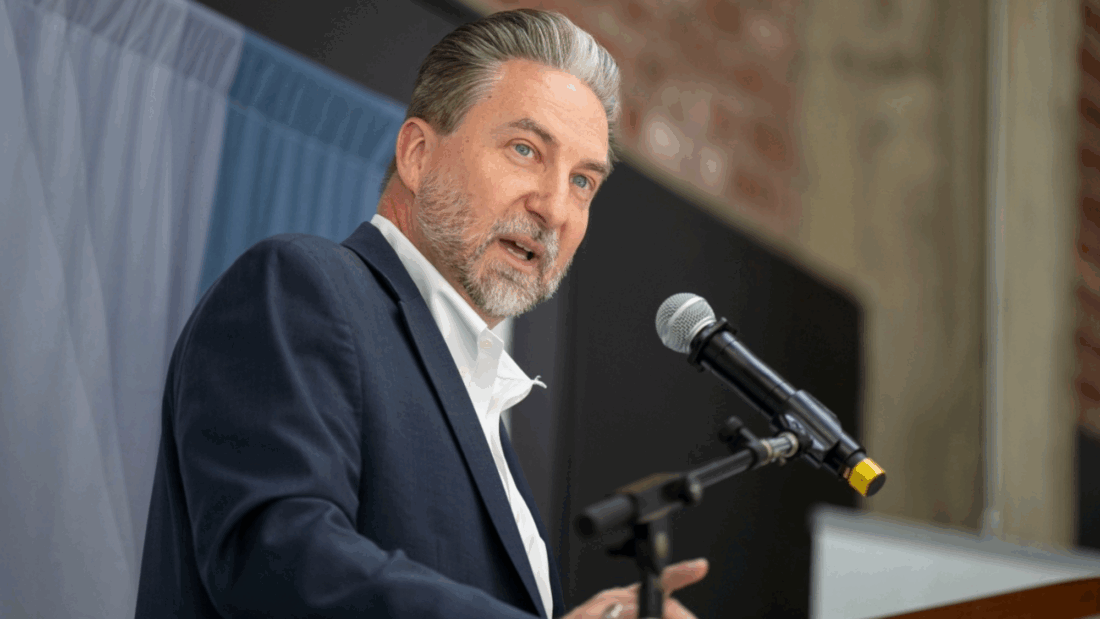
At the peak of the AIDS epidemic in the 1980s, CHCF President and CEO Sandra R. Hernández, MD, was working as a primary care physician in San Francisco. One of her patients — an HIV-positive Latino/x man — had developed cancer, and Hernández was coordinating with oncologists at San Francisco General Hospital to get him treatment.
One weekend, after a routine Friday appointment with Hernández, the man developed a fever. An ambulance took him to a different hospital that didn’t have access to his health record. He passed out and died in the emergency room. When Hernández later saw his death certificate, it said nothing about HIV or lymphoma. “It was [just] a patient who came in and died of sepsis in the ER,” she said.
Four decades later, technological advances have made such fatal miscommunications far less common. In 2021, California launched the state’s first Data Exchange Framework, linking nearly 4,500 health care organizations, government agencies, and social service providers. By storing and exchanging data in virtual platforms, participating clinics and hospitals can access critical information about a patient’s health and social history to include the identity of their primary care provider, what medications they take, and their employment status. These data help providers avert complications, avoid duplicative processes, and care for the whole person.
These steps are important, but California’s health information exchange systems have yet to maximize their effectiveness and reach so that everyone can benefit from the seamless exchange of health data. Last year, the California Department of Health Care Access and Information (HCAI) took over administration of the state’s Data Exchange Framework, creating opportunities to make progress toward broader adoption of these improvements.
That’s a key reason why CHCF recently brought together health leaders from around the state to discuss their experiences accessing and sharing patient data. From improving health outcomes to making the health care system more sustainable, experts at the August 14 event in Sacramento said strengthening the statewide data exchange framework would streamline delivery processes and save lives.
Maintaining Momentum
Especially when California health care providers are operating in different systems or networks, information is not easily shared. Often, the onus is still on the patient to provide their personal health history — an assumption that exacerbates health disparities. “The way the system works now is fragmented,” said Hernández. “It’s siloed, and really we put the burden so much on the patients to be able to transport the information.”
When those barriers are removed and information flows freely, however, providers are able to get a complete picture of the person under their care. Patients can move seamlessly between clinics and hospitals without anyone overlooking key pieces of medical histories.
More eyes on a medical chart means more opportunities to ensure patients are getting the care they need. It means patients benefit from the insights of a host of medical professionals who can access their information, exchange notes, and collaborate to arrange the best care. “It’s about team-based care and care coordination among the team that knows the patient best,” said briefing panelist Julia Adler-Milstein, PhD, professor of medicine and chief of the division of clinical informatics and digital transformation at UCSF.
That is the dynamic at Prospect Medical Holdings hospitals in Southern California, where two exchange platforms — Manifest and LANES [Los Angeles Network for Enhanced Services] — track patients’ health and social histories. “We have morning huddles where we talk about all the patients that came in each night,” said Julia McConaghy, MS, senior vice president and chief operations officer of coordinated regional care at Prospect. “If someone comes into the hospital emergency room each night for four nights, you can see … do they have a support system in place? Are they unhoused? There’s a ton of information in there.”
Bridging Medical and Social Services
Panelists said it isn’t always easy for medical providers to access the social data that informs patient health. Information hurdles inhibit their ability to care for the whole person — a key goal of the landmark CalAIM initiative (California Advancing and Innovating Medi-Cal) spearheaded by the state Department of Health Care Services.
For Tarek Mahdi, MD, president of Riverside Family Physicians and board member of the Inland Empire Health Information Exchange, knowing things like a patient’s housing status, income, and number of dependents is critical to assessing their overall well-being and health risks. His clinic has already connected over 200 unhoused patients to CalAIM services. “We all know that ZIP code defines how long you’re going to live,” he told the audience of providers and policymakers.
Part of the problem, McConaghy said, is that providers can’t easily access information stored in county or community databases — especially since counties are not yet required to participate in data sharing. This can be especially problematic if a patient has a behavioral health history, as those systems are often county run. “There seems to be a wall between the medical and the behavioral health” sectors,” Madhi said.
“If we don’t look at the three real issues — the medical, the social, and the behavioral — we don’t have the whole story,” said McConaghy. “And we can’t treat the whole patient without the whole story.”
Enhancing Affordability
A robust data exchange infrastructure can help the health system become more financially sustainable, which is critical in the new era of significant funding cuts. When data systems communicate effectively, hospitalizations are prevented, duplicative tests avoided, and administrative tasks simplified. These steps reduce waste and cut costs. More than one-half of Californians are skipping care due to costs. “There’s a huge amount of administrative efficiency to be realized in the system, which hopefully would then trickle down to affordability,” said Adler-Milstein.
Better communication also enables providers to more effectively deploy preventive care professionals like community health workers — another key way to save money. “We want to be proactive,” said Madhi.
Several briefing attendees noted that artificial intelligence is well positioned to take data efficiencies further by synthesizing vast troves of medical information or summarizing relevant notes from a hospital stay. Physicians like Madhi are grateful that the data exchange alerts them when a patient visits the emergency department, but that still doesn’t reduce the valuable time it takes to go through dozens of pages of notes. For Adler-Milstein, the quantity of information available represents another major barrier to effective data exchange. “We have frontline clinicians who are too busy, frankly, to figure out, okay, I have to log into a different system, or I have thousands of pages I have access to, but I don’t have time to go through them,” she said.
Another way to simplify systems, saving time and money, could be establishing a single sign-on process so that providers aren’t required to jump among multiple exchange platforms to find what they are looking for. This would be valuable to smaller practices, Madhi said.
Realizing the Vision
Panelists agreed that broader participation from providers is needed to leverage opportunities presented by data exchange. That means helping health systems get a return on their investment in exchange infrastructure. “We really have to think about mechanisms to align the financial incentives,” said Alder-Milstein. “There’s still a lot of willingness out there.”
It’s critically important to have state leaders who prioritize data exchange. Scott Christman, HCAI’s chief deputy director, told the audience that improving communication and care coordination across systems is a top priority. “We have a clear commitment to … data exchange here in the state of California,” he said. The department is embarking on a listening tour to learn how it has been effective and what are the opportunities to accelerate the agency’s statewide impact, Christman said.
A future of seamless, equitable, person-centered care driven by a robust health information exchange is within reach, Hernández said.
“There’s more work to do,” she said. “The better the data is and, the easier it is to use, the more helpful it will be to the state as we take on the next big challenge.”
Authors & Contributors
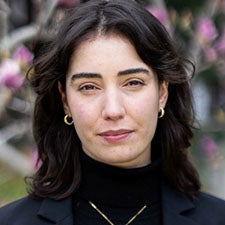
Robin Buller
Freelance writer, researcher, and editor
Robin Buller is an Oakland-based writer, researcher, and editor. She has reported on harm reduction, maternal health, migration, housing, and policing for The Guardian, The Oaklandside, and other publications. Originally from Canada, Buller holds a doctorate in history from UNC Chapel Hill.

José Luis Villegas
Independent photojournalist
José Luis Villegas is a freelance photojournalist based in Sacramento, California, where he does editorial and commercial work.

